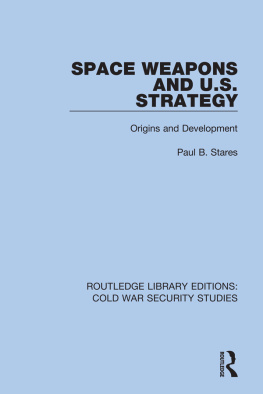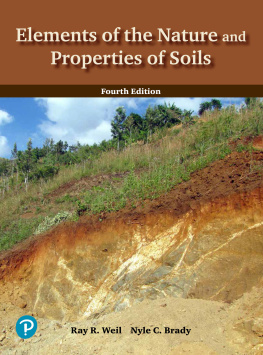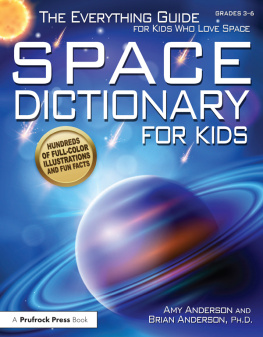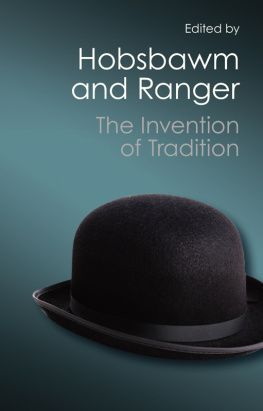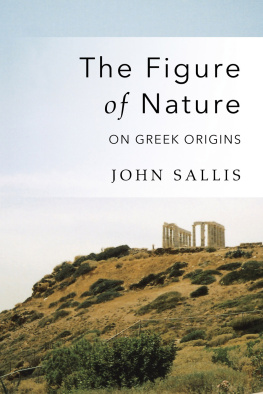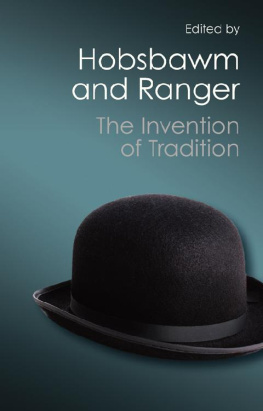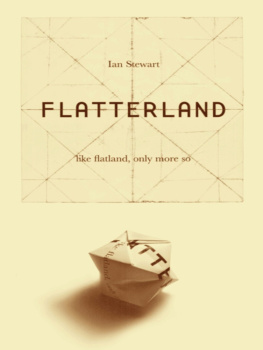Dassonville - The Invention of Time and Space: Origins, Definitions, Nature, Properties
Here you can read online Dassonville - The Invention of Time and Space: Origins, Definitions, Nature, Properties full text of the book (entire story) in english for free. Download pdf and epub, get meaning, cover and reviews about this ebook. City: Cham, year: 2017, publisher: Springer International Publishing, genre: Art. Description of the work, (preface) as well as reviews are available. Best literature library LitArk.com created for fans of good reading and offers a wide selection of genres:
Romance novel
Science fiction
Adventure
Detective
Science
History
Home and family
Prose
Art
Politics
Computer
Non-fiction
Religion
Business
Children
Humor
Choose a favorite category and find really read worthwhile books. Enjoy immersion in the world of imagination, feel the emotions of the characters or learn something new for yourself, make an fascinating discovery.
- Book:The Invention of Time and Space: Origins, Definitions, Nature, Properties
- Author:
- Publisher:Springer International Publishing
- Genre:
- Year:2017
- City:Cham
- Rating:3 / 5
- Favourites:Add to favourites
- Your mark:
- 60
- 1
- 2
- 3
- 4
- 5
The Invention of Time and Space: Origins, Definitions, Nature, Properties: summary, description and annotation
We offer to read an annotation, description, summary or preface (depends on what the author of the book "The Invention of Time and Space: Origins, Definitions, Nature, Properties" wrote himself). If you haven't found the necessary information about the book — write in the comments, we will try to find it.
Dassonville: author's other books
Who wrote The Invention of Time and Space: Origins, Definitions, Nature, Properties? Find out the surname, the name of the author of the book and a list of all author's works by series.
The Invention of Time and Space: Origins, Definitions, Nature, Properties — read online for free the complete book (whole text) full work
Below is the text of the book, divided by pages. System saving the place of the last page read, allows you to conveniently read the book "The Invention of Time and Space: Origins, Definitions, Nature, Properties" online for free, without having to search again every time where you left off. Put a bookmark, and you can go to the page where you finished reading at any time.
Font size:
Interval:
Bookmark:

- Chapter , THE MAIN ISSUES, is an inventory of the main problems which remain to be solved.
- Chapter , THE FAILURE OF DIALECTICS, is a critical analysis of the semantic disorder prevalent here, identifying what has led to the failure of classical reasoning.
- In order to acquire the relevant technical means, Chap. , REALITY, CONCEPTS, AND MODELS, focuses on the distinction between reality and concept , discussing what constitutes a model , the process of model - building , and a physical law , and spelling out the difference between a mathematical property and a physical property .
- Chapter , THE ORIGINS OF TIME AND SPACE , explores some ancient civilizations in the search for precursors of time and space . The aim is to identify the emergence of temporality and spatiality in human history, and thus decide whether they were discovered or invented.
- Chapter , DEFINITION AND NATURE OF TIME , discusses definitions of time units and definitions of time itself, but also the phenomenology and nature of time .
- Chapter , DEFINITION AND NATURE OF SPACE , defines length units , physical space , and empty space , and discusses the nature of space .
- Chapter , MATHEMATICAL PROPERTIES OF TIME AND SPACE , investigates the properties of time and space in the main areas of physics.
- Chapter , HISTORICAL OVERVIEW OF TIME AND SPACE , attempts to situate the origins of the precursors of temporality and spatiality , so that we may observe how they were gradually set up, until time and space finally came into being.
- Chapter , CONSEQUENCES OF NON-EXISTENCE, is a study of some cultural and scientific consequences of the physical non-existence of time and space.
Font size:
Interval:
Bookmark:
Similar books «The Invention of Time and Space: Origins, Definitions, Nature, Properties»
Look at similar books to The Invention of Time and Space: Origins, Definitions, Nature, Properties. We have selected literature similar in name and meaning in the hope of providing readers with more options to find new, interesting, not yet read works.
Discussion, reviews of the book The Invention of Time and Space: Origins, Definitions, Nature, Properties and just readers' own opinions. Leave your comments, write what you think about the work, its meaning or the main characters. Specify what exactly you liked and what you didn't like, and why you think so.


